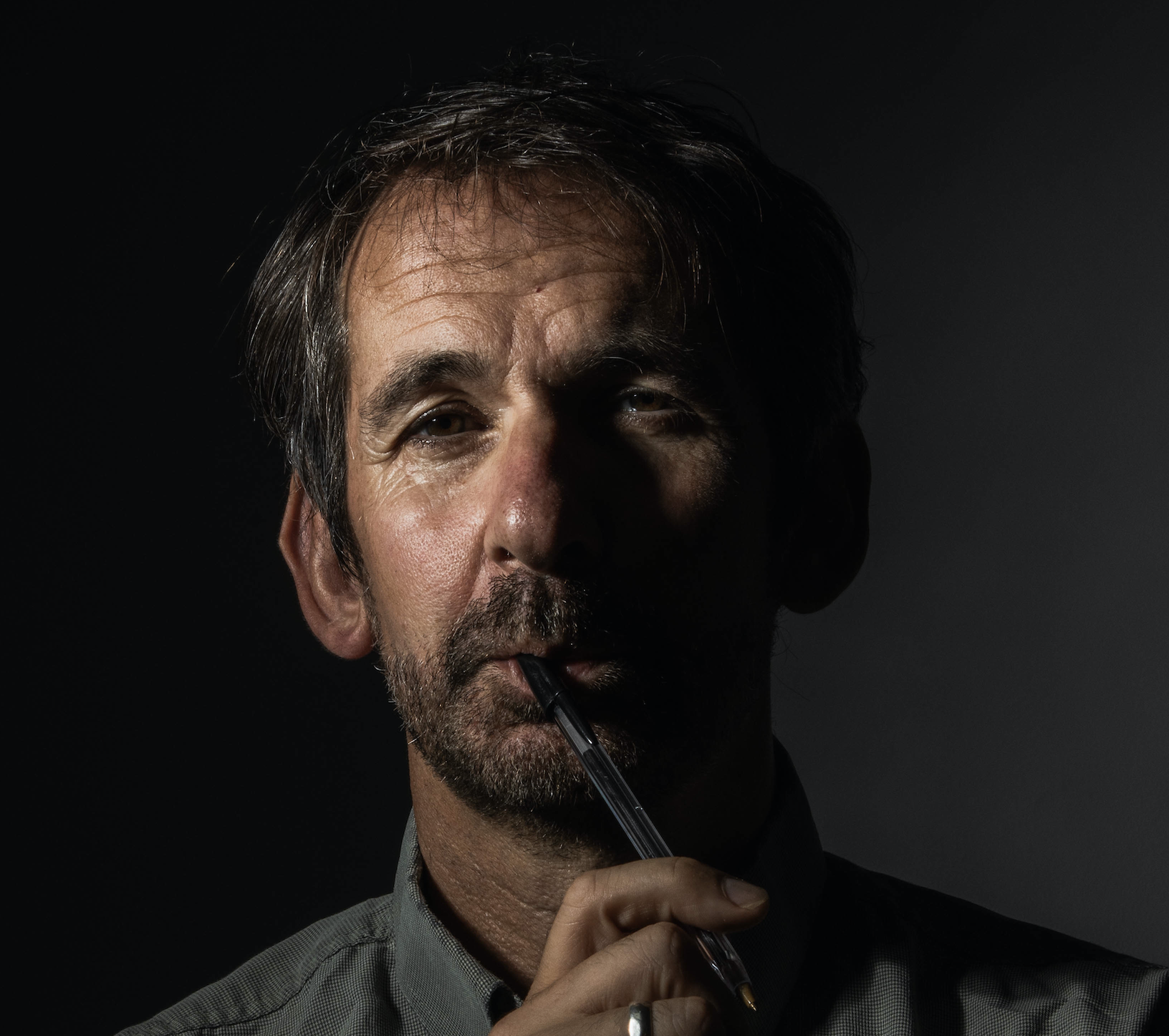Kew Gardens offers visitors a unique blend of botanical wonders, scientific research, and historical significance, making it a must-visit destination for nature lovers and history enthusiasts alike.

Where is Kew Gardens located?
Kew Gardens is situated in Richmond-upon-Thames, southwest London, UK.
How big is Kew Gardens?
Kew Gardens spans 326 acres (132 hectares), making it one of the largest botanical gardens in the world.
Who owns Kew Gardens?
Kew Gardens is owned and managed by the Royal Botanic Gardens, Kew, a non-departmental public body sponsored by the UK's Department for Environment, Food and Rural Affairs.
What is so special about Kew Gardens?
A wonderful green oasis in the west of London, it’s hard not to doff a hat to the impressive range of the facts and figures surrounding Kew Gardens.
Possessing the world’s largest botanical collection, it comprises over 50,000 plants.

Its herbarium runs to over 8.5 million preserved plants and fungi. The cathedral-like Temperate House is the world’s largest Victorian glasshouse – it shelters 1,200 species from across the globe, including some that are already extinct in the wild.
There are four Grade I-listed structures on the grounds and another 36 Grade II buildings. The library’s shelves groan under the weight of over 750,000 volumes, along with more than 175,000 prints and drawings of plants.
And no fewer than 1,100 employees beaver away at the gardens, making it one of the world’s most important botanical research centres.
Appropriately, there’s an organic feel to Kew’s creation. An exotic garden planted in the mid-18th century by a baron named Henry Capell was improved by Augusta, Dowager Princess of Wales.
Further enhancements were made by Sir Joseph Banks and various royals. In 1761, The gardens were also adorned with the Great Pagoda (still standing today) in 1762 – a gift for Princess Augusta. Slowly but surely, Kew became the botanical (and slightly eccentric) behemoth it is today.
Did you know?
If you fancy a taste of the fruit and veg grown there, you can do so in the gardens’ own restaurants. But you’d be advised not to get up to any monkey business – since 1845, Kew has had its very own police force.
When was Royal Botanic Gardens, Kew, awarded UNESCO World Heritage status?
It was designated a UNESCO World Heritage Site in 2003. This recognition highlights its Outstanding Universal Value, encompassing its rich history, diverse landscapes, and significant contributions to botany and ecology.
- Find out our pick of the best ten UNESCO World Heritage Sites around the UK.
How to get to Kew Gardens
- By Tube: Take the District Line (Richmond branch) to Kew Gardens station.
- By Train: South Western Railway or North London Line to Kew Bridge station.
- By Bus: Routes 65, 391, 237, and 267 stop near the gardens.
- By Car: Limited parking is available, but public transport is recommended.
When does Kew Gardens close?
Kew Gardens' closing times vary by season:
- Summer (27 March - 29 October): Last entry at 6pm, gates close at 7pm
- Winter (30 October - 26 March): Last entry at 3pm, gates close at 4pm
The main entrance is located on Kew Road, Richmond, TW9 3AB. Book tickets online.
Christmas Lights at Kew
The annual Christmas at Kew event typically runs from mid-November to early January. This after-dark experience features spectacular light installations, festive food and drink, and a magical atmosphere. Advance booking is essential for this popular event, which transforms Kew Gardens into a winter wonderland.
